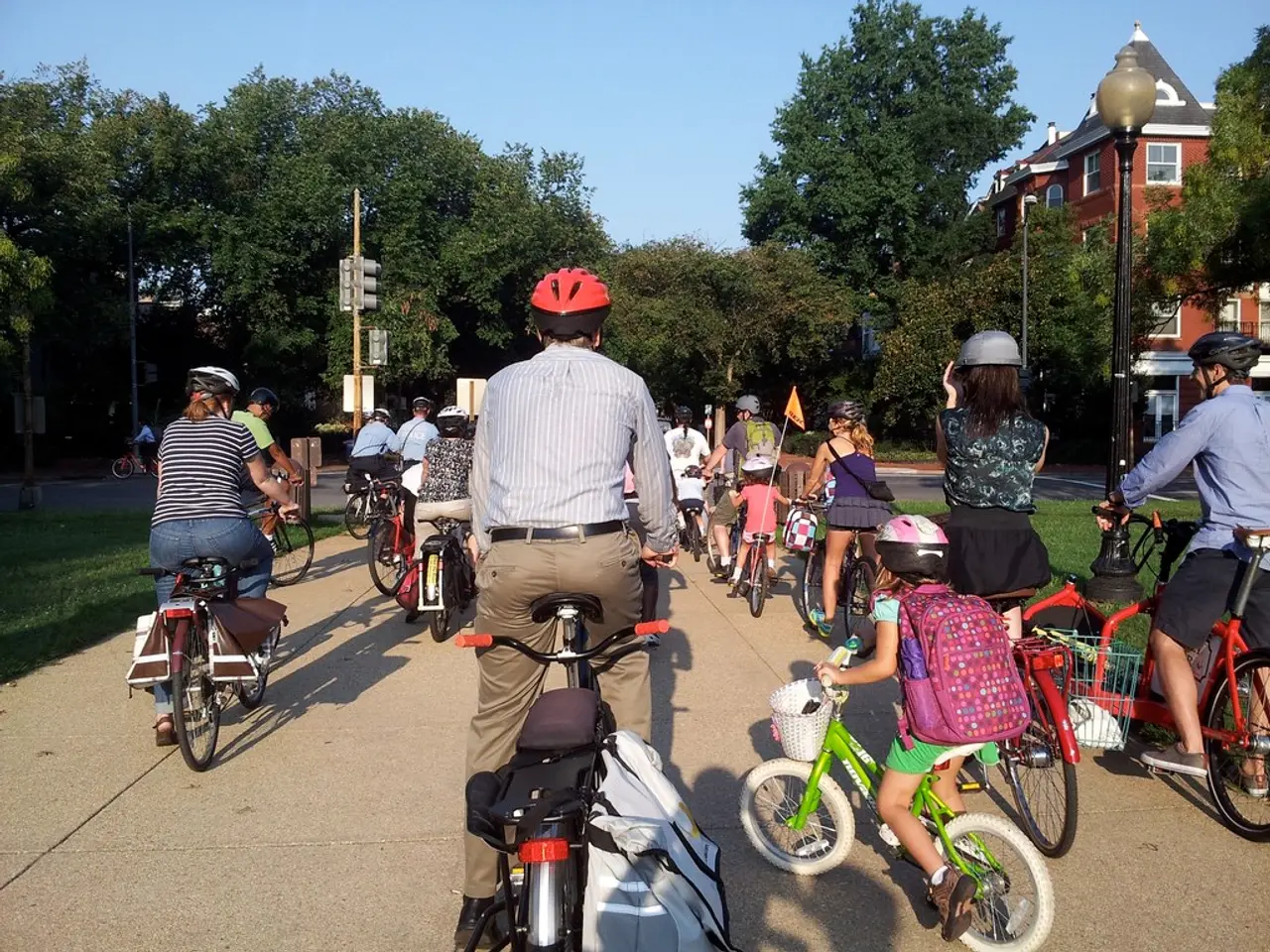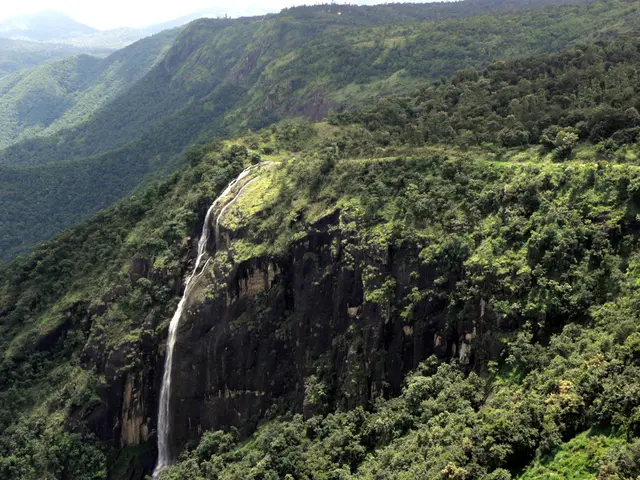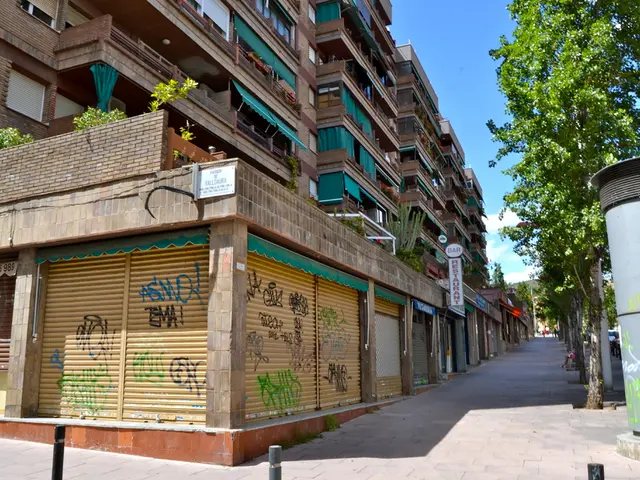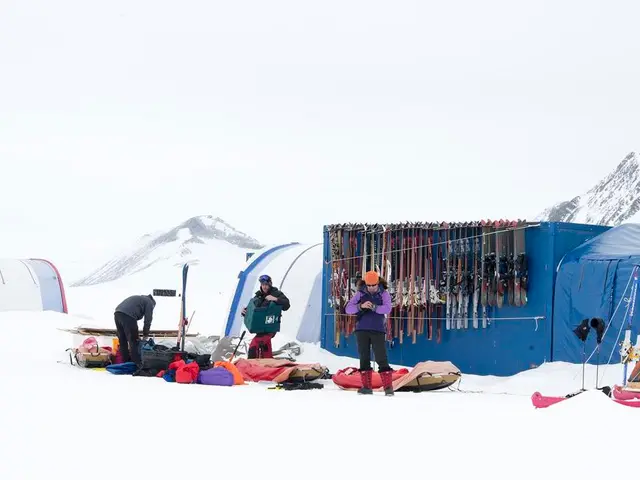Organizing a Bicycle Vacation: Steps to Take
Embarking on an independent cycling holiday can be an exhilarating experience, offering the opportunity to explore picturesque landscapes and lesser-known destinations. Here are some top tips to ensure a safe, enjoyable, and memorable adventure:
### Route Selection
Choosing the right route is crucial. Opt for a route that aligns with your fitness level and cycling skills, considering factors such as terrain, distance, and elevation. Iconic routes like Iceland’s Ring Road, while offering breathtaking scenery, require preparation for challenging weather and road conditions. For those new to long-distance cycling, the UK's National Cycle Network can be a great starting point for route planning.
When cycling in remote areas, research local cycling conditions and options. Check if ferries, buses, or bike rentals are available to complement your planning. Consider flexible self-guided cycling holidays that provide detailed maps, route notes, and planned accommodation but allow you to cycle independently and at your own pace.
### Navigation
Navigation is key when planning an independent cycling holiday. Utilise detailed maps, GPS devices, or cycling apps to stay on your planned route. Many self-guided tours provide comprehensive route notes and navigation aids for ease of travel. Plan backup options in case of bad weather, road closures, or fatigue, especially in remote or challenging areas.
### Bike Preparation
Decide whether to bring your own bike or rent locally. For longer tours or remote routes, bringing your own bike offers more reliability and comfort. If bringing your own bike, proper packing is essential. Disassemble pedals, turn handlebars, deflate tires, and use a quality bike box or bag to avoid damage during transit. Check airline or transport policies to avoid size, weight, or packing restrictions that could cause issues at check-in or shipping points.
If renting, research bike specs beforehand and get properly fitted when you arrive to ensure comfort and safety.
### Accommodation
Book accommodation in advance, especially during peak season or in remote areas. Consider hotels with air conditioning or swimming pools if cycling in hot climates to ensure restful nights. Older buildings with thick walls and good shading can be more comfortable in heat if air conditioning is unavailable. Many self-guided tours include luggage transfers to your accommodation, which can ease the burden of carrying heavy bags.
### Additional Tips
Start rides early in the day to avoid heat and maximise daylight hours. Carry repair kits and spare parts, and know basic bike maintenance to handle common issues on the road. Stay hydrated and wear appropriate clothing and sun protection for comfort and safety.
By carefully planning your route with proper navigation tools, preparing your bike to withstand travel rigours, and choosing appropriate accommodation based on local conditions, you can enjoy a smooth and memorable independent cycling holiday.
For those seeking a guided experience, companies like Saddle Skedaddle, who have been planning cycling holidays for nearly 30 years, offer guided tours with experienced guides who can share local knowledge, motivate, and help with repairs.
Traveling during the cycling holiday can be an excellent opportunity to discover diverse locations, both popular and off-the-beat-path. After a tiring day of cycling, sports enthusiasts might find relief in a lifestyle that prioritizes relaxation, with amenities like air-conditioning or swimming pools in hotels, catering to cyclists in hot climes.
If you're thinking of exploring distant landscapes, sports-friendly travel might mean having essential cycling tools at hand, such as navigation aids, repair kits, and spare parts, ensuring a smooth journey through remote regions and challenging terrains.




